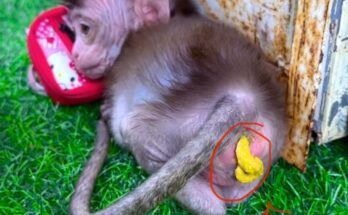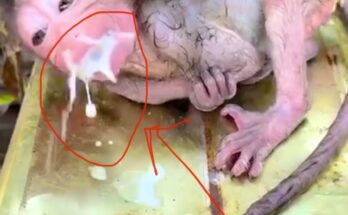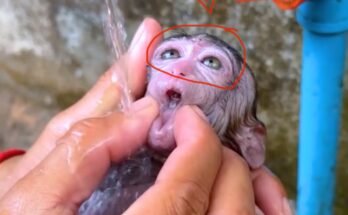How to Save a Monkey from a High Fever in Time: A Practical Guide for Caretakers
Monkeys, like humans, are highly intelligent and emotionally expressive animals. When a monkey becomes ill—especially with a high fever—it’s not only distressing for the animal but also for the caretaker. Whether you’re a wildlife rehabilitator, a zookeeper, or someone who cares for monkeys in a sanctuary or rescue setting, knowing how to identify and treat a high fever can make the difference between life and death. Here’s a practical guide to help you act swiftly and responsibly.
Recognizing the Signs of a High Fever in Monkeys
Unlike humans, monkeys can’t verbalize their discomfort. That’s why close observation is crucial. Some key signs of fever include:
-
Lethargy or decreased activity
-
Loss of appetite
-
Warm or hot to the touch (especially around the ears, paws, and underarms)
-
Shivering or chills
-
Rapid breathing
-
Dehydration or dry gums
-
Changes in behavior—irritability or withdrawal
If you observe any of these signs, it’s important to act quickly.
Step 1: Confirm the Fever
The most reliable way to confirm a fever is by taking the monkey’s temperature. Use a digital rectal thermometer specifically designed for veterinary use. Normal body temperature for most monkeys ranges between 37.5°C and 39.5°C (99.5°F to 103.1°F). A reading above this indicates a fever.
Step 2: Isolate and Stabilize
If you’re caring for multiple animals, immediately isolate the sick monkey to prevent potential spread of infection. Provide a calm, warm, and quiet space. Ensure the monkey stays hydrated by offering clean water or oral rehydration solutions (ORS). In some cases, you may need to use a syringe to administer fluids if the monkey is too weak to drink on its own.
Step 3: Use Cooling Methods Cautiously
To reduce the fever while waiting for veterinary help, apply cooling methods carefully:
-
Use a damp, cool cloth on the monkey’s limbs and underarms.
-
Ensure proper ventilation in the recovery area.
-
Avoid ice baths or cold water as they can cause shock.
Never administer human medication like paracetamol or ibuprofen without veterinary guidance. Some medications that are safe for humans are toxic to primates.
Step 4: Seek Immediate Veterinary Care
A high fever often indicates an underlying infection, such as a bacterial or viral illness, that requires professional medical treatment. Contact a veterinarian who has experience with primates. They may administer antipyretics, antibiotics, or other medications depending on the diagnosis.
If you’re in a remote area, contact wildlife or animal rescue organizations that offer telehealth or emergency services. Delaying proper treatment can result in seizures, organ failure, or death.
Step 5: Monitor and Support Recovery
After treatment, continue monitoring the monkey’s temperature, food and water intake, and behavior. Full recovery may take several days, and the monkey will need ongoing supportive care.
Final Thoughts
Time is of the essence when a monkey develops a high fever. By recognizing symptoms early, acting calmly, and involving veterinary professionals, you can save a monkey’s life. If you care for primates regularly, consider taking a wildlife first aid course to be better prepared for emergencies.
Always remember: quick action, informed decisions, and compassion are the keys to saving a sick monkey in time.



